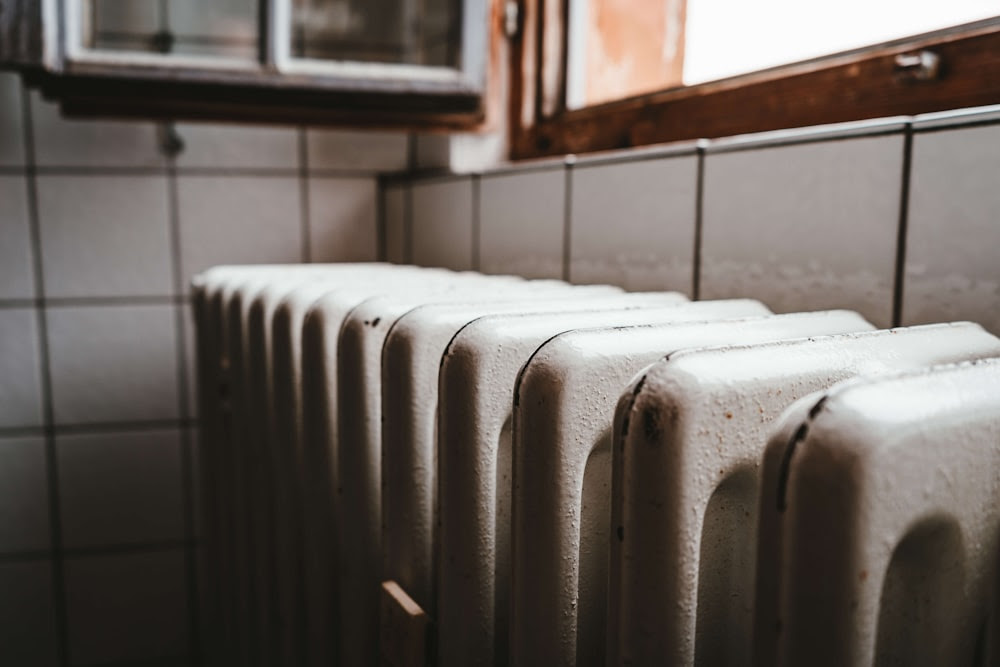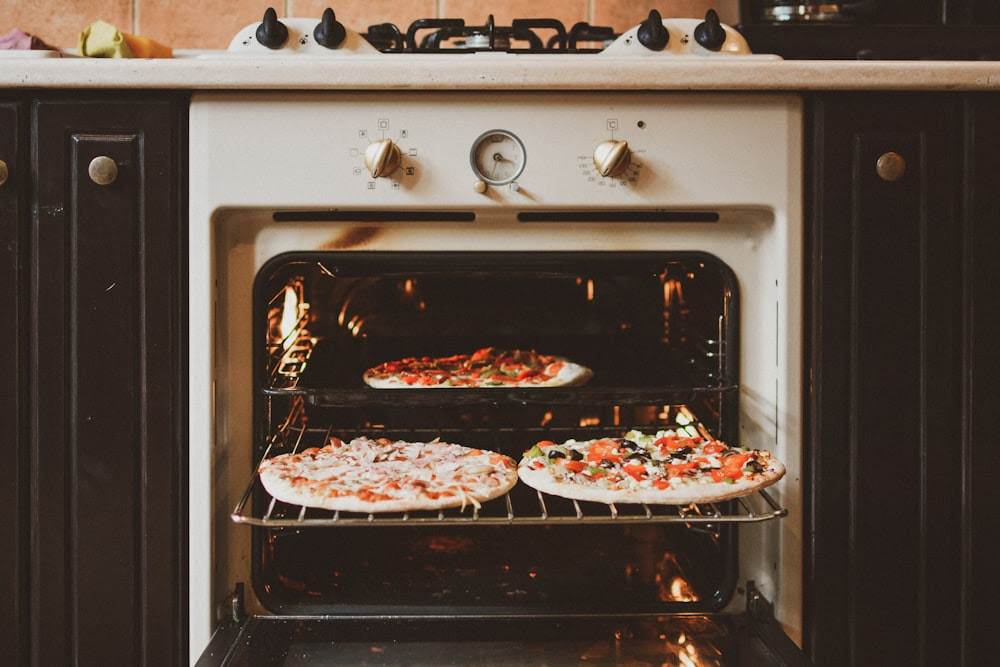In these difficult times where the prices of gas and oil have increased considerably, it is necessary to hunt for unnecessary waste and control its electrical expenses at home and to achieve this, it is necessary to know the consumption of its appliances. We propose you some solutions to control them.
Heating appliances
Heating appliances

white radiator heater beside the brown wooden window
With nearly 2/3 of the energy expenses, heating is the first item of electricity consumption in households. To reduce its consumption, the ADEME recommends working on the insulation of its housing, by checking, in particular, the potential leaks in the walls or the windows. If the majority of French people use electric and gas heaters, there are other more economical and ecological systems such as wood boilers or heat pumps.
Washing

With nearly 500 kWh per year, cleaning appliances also consume a significant amount of water. Cleaning clothes in “eco” mode and at a washing temperature of 30°C would save 45% of energy compared to the intensive program, according to ADEME. For tumble dryers, it is recommended to choose models equipped with a humidity sensor. These will automatically stop or go into standby mode as soon as the sensor estimates that the drying process is complete.
Connected appliances

black iPad on white table
Smartphones, televisions, computers, consoles…The proliferation of connected devices in the home has led to a sharp increase in electricity consumption. Depending on the degree of connection of the household, the ADEME estimates their energy weight between 400 and 700 kWh per year. The internet box is in the first place, with consumption that can range from 150 to 300 kWh per year. Unplugging appliances when they are not in use, or at least using a power strip with a switch, can reduce the electricity bill by nearly 10%.
Kitchen appliances

baked pizza in the oven
The reason for their consumption is frequent use. However, it varies greatly depending on the energy class of the products. A combined refrigerator-freezer consumes an average of 400 kilowatt-hours (kWh) per year, but the ADEME estimates that the most recent and most economical models consume almost half that amount. For cooking plates, the agency indicates that replacing electric models with induction ones allows an electricity saving of about 20%.



Comment here